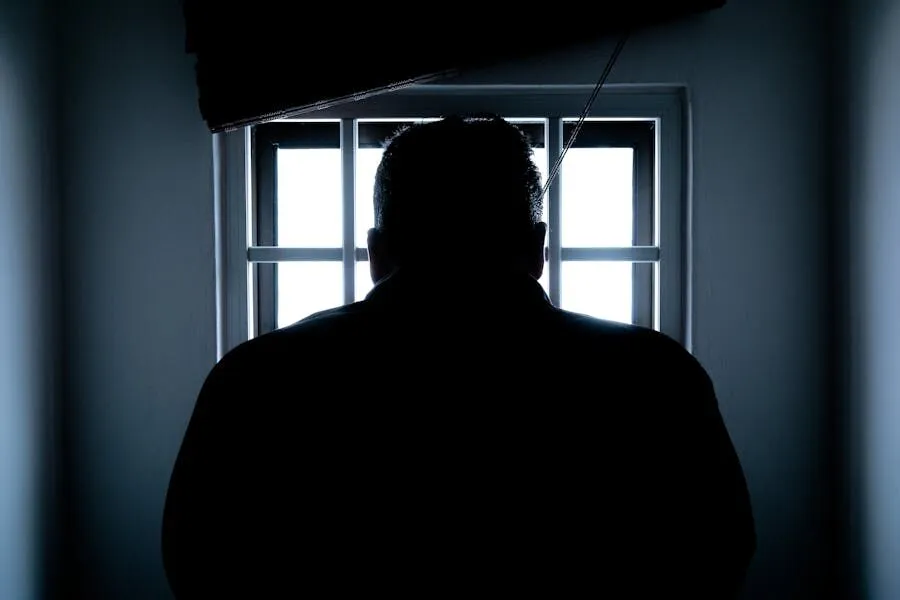Attempted murder is a serious crime under California law, governed by Penal Code § 664/187. It applies when someone tries but fails to unlawfully kill another person. The act must go beyond mere preparation and show a clear intent to kill. Even if the victim survives or is unharmed, the individual can still face harsh penalties. This blog explains the key elements of Attempted Murder (Penal Code § 664/187) in California, the different degrees, and the penalties one might face if convicted.
What Is Attempted Murder Under Penal Code § 664/187?
To prove a case of attempted murder in California, prosecutors must show two main elements:
- Intent to kill – The accused must have a specific plan or intent to cause the death of another person.
- Direct step toward committing murder – The person must have taken an action that shows a direct movement toward killing someone, not just planning or thinking about it.
Unlike some other violent crimes, attempted murder requires that intent to kill be proven. Injuring someone is not enough by itself. The courts will consider statements, actions, weapons used, and context to establish this intent.
First-Degree vs. Second-Degree Attempted Murder
Attempted murder is classified into two types in California, each carrying different sentencing ranges.
First-Degree Attempted Murder
This involves a willful, deliberate, and premeditated effort to kill someone. Premeditation doesn’t require long-term planning; it could be a quick but conscious decision. An example could include shooting someone in the chest during a targeted attack.
- Penalties:
- Life in prison with the possibility of parole
- Additional penalties if the crime involved certain factors (e.g., the victim was a police officer, firefighter, or protected government employee). In those cases, life imprisonment without parole may apply.
Second-Degree Attempted Murder
This type lacks premeditation but still involves an intent to kill and a direct act toward committing the murder. It may happen during a heated argument or sudden fight where one person suddenly pulls a weapon.
- Penalties:
- 5 to 9 years in state prison
- Fines up to $10,000
- Possible parole restrictions after release
Enhancements That Can Increase the Sentence
There are several factors under California law that can increase penalties for attempted murder. These enhancements are added on top of the base sentence and can significantly extend prison time.
Use of a Firearm (Penal Code § 12022.53)
- Personally used a gun: +10 years
- Personally fired the gun: +20 years
- Gun caused serious injury or death: +25 years to life
These additions apply per victim and can stack if there are multiple victims in a single incident.
Great Bodily Injury (Penal Code § 12022.7)
If the victim suffered major physical harm during the attempt, another 3 to 6 years can be added to the sentence.
Gang Involvement (Penal Code § 186.22)
Attempted murder carried out for the benefit of a criminal gang can also lead to life imprisonment with no parole eligibility for at least 15 years.
Defenses to Attempted Murder Charges
Although the penalties are serious, not every charge results in a conviction. Several legal defenses are possible, depending on the facts:
- Lack of intent to kill – If the accused acted recklessly but without the goal to kill, the charge may be reduced.
- No direct step taken – If the person was just making threats or planning but did not act, it might not qualify as attempted murder.
- Mistaken identity – If the prosecution cannot prove the accused committed the act, the case may not hold.
- Self-defense or defense of others – If the act occurred during an effort to prevent harm, it could justify the actions under certain conditions.
How Attempted Murder Differs From Other Charges
Attempted murder is often confused with other violent offenses, like assault with a deadly weapon or attempted voluntary manslaughter. The key difference lies in intent. Attempted murder requires a clear, purposeful intent to kill, while other crimes may involve reckless or harmful behavior without that specific aim.
For example, someone swinging a bat at another person’s legs might face assault charges. But aiming at the person’s head with the goal of killing them would fall under attempted murder if they survive.
Juvenile Cases and Attempted Murder
Minors can also be charged with attempted murder in California. In some cases, depending on age and circumstances, juveniles may be tried in adult court. This could expose them to the same severe penalties as adults. However, California law provides more rehabilitation-focused sentencing options for juveniles in some situations.
Long-Term Consequences of a Conviction
A conviction for Attempted Murder (Penal Code § 664/187) in California has lifelong effects:
- Permanent criminal record
- Difficulty finding employment
- Restrictions on housing
- Loss of gun rights
- Immigration consequences for non-citizens
Because attempted murder is classified as a strike under California’s Three Strikes Law, any future felony conviction can result in double the sentence or even 25 years to life.
The Bottom Line
Attempted murder is a serious charge with life-changing consequences. The law is strict in both proving the crime and punishing those convicted. Sentencing depends heavily on intent, actions taken, and any aggravating factors such as firearm use or gang ties.
Understanding the legal boundaries and the weight of the evidence is crucial for anyone involved in such a case. Even if no one dies, the penalties for attempted murder can mirror those of completed murder in some cases, showing how seriously California law treats such offenses. David P. Shapiro Criminal Defense Attorneys will help you assist the right way!
RELATED TOPIC: How Can Milpitas Criminal Lawyers Assist with My Defense in California?











